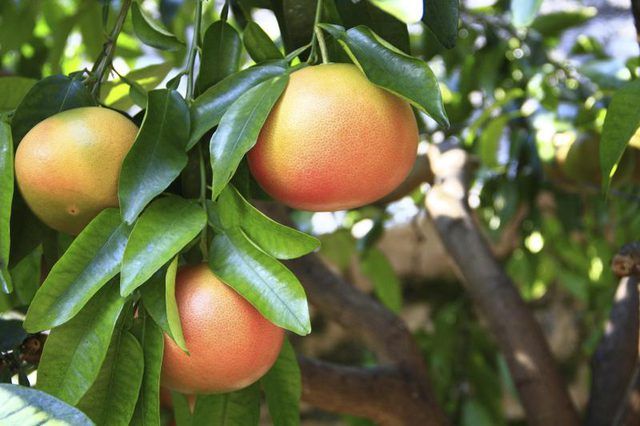Bulbs
Flower Basics
Flower Beds & Specialty Gardens
Flower Garden
Garden Furniture
Garden Gnomes
Garden Seeds
Garden Sheds
Garden Statues
Garden Tools & Supplies
Gardening Basics
Green & Organic
Groundcovers & Vines
Growing Annuals
Growing Basil
Growing Beans
Growing Berries
Growing Blueberries
Growing Cactus
Growing Corn
Growing Cotton
Growing Edibles
Growing Flowers
Growing Garlic
Growing Grapes
Growing Grass
Growing Herbs
Growing Jasmine
Growing Mint
Growing Mushrooms
Orchids
Growing Peanuts
Growing Perennials
Growing Plants
Growing Rosemary
Growing Roses
Growing Strawberries
Growing Sunflowers
Growing Thyme
Growing Tomatoes
Growing Tulips
Growing Vegetables
Herb Basics
Herb Garden
Indoor Growing
Landscaping Basics
Landscaping Patios
Landscaping Plants
Landscaping Shrubs
Landscaping Trees
Landscaping Walks & Pathways
Lawn Basics
Lawn Maintenance
Lawn Mowers
Lawn Ornaments
Lawn Planting
Lawn Tools
Outdoor Growing
Overall Landscape Planning
Pests, Weeds & Problems
Plant Basics
Rock Garden
Rose Garden
Shrubs
Soil
Specialty Gardens
Trees
Vegetable Garden
Yard Maintenance
How to Grow Grapefruit Trees
How to Grow Grapefruit Trees. One of the larger kinds of citrus both in tree size and fruit size, grapefruit (Citrus x paradisi, U.S. Department of Agriculture plant hardiness zones 9 through 11) grows from 15 to 30 feet tall and wide. The 4- to 6-inch-wide fruits hang in clusters from the branches, giving the tree its common name. When grown in...

One of the larger kinds of citrus both in tree size and fruit size, grapefruit (Citrus x paradisi, U.S. Department of Agriculture plant hardiness zones 9 through 11) grows from 15 to 30 feet tall and wide. The 4- to 6-inch-wide fruits hang in clusters from the branches, giving the tree its common name. When grown in areas with hot days and warm to hot nights, grapefruit are sweeter, containing more sugars and less acid.
Soil and Spacing
Space standard-sized grapefruit trees 25 feet apart and dwarf varieties 6 to 10 feet apart. Grapefruit trees do best in loam or sandy loam, but they tolerate a variety of well-draining soil types and a soil pH range between 5.5 and 6.5. To suit the soil types of different geographical areas, grapefruit is often grafted onto a rootstock that does well in that particular soil. There's usually no need to amend the soil before you plant the tree.
Water Requirements, Young Trees
For newly planted trees, build a watering basin around the tree with soil from elsewhere in the garden, making it about 2 feet across and a few inches high. The bottom of the basin should be the same level as the other soil in the yard or higher. For the first two weeks, water the tree every few days by filling the basin, decreasing the frequency to every seven to 10 days over the next two to three months. For trees between 4 months and 1 year old, water every 14 days in the winter and as frequently as every two to five days during the summer.
Water Requirements, Older Trees
Two-year-old grapefruit trees can go from every seven to 10 days in summer to every 14 to 21 days in winter between waterings. After three years, apply water every 10 to 14 days in summer and 21 to 30 days in winter. The intervals depend on the weather and growth state of the tree. As the tree grows, extend the watering basin so it extends about 1 foot past the canopy of the tree and build the basin wall so it's 4 to 8 inches high. At each watering, fill the basin. Allow the soil of established trees to become dry to a depth of 6 inches before watering the grapefruit again.
Light and Exposure
Grapefruit trees need a location in full sun to yield well. Protect the trunk -- especially on young trees -- from direct sun, which can scald the bark. Wrap the trunk with layers of newspapers or with tree wrap. You can also paint it with a flat, white, water-based paint diluted with an equal part of water. As the tree grows, allow the canopy to grow downward to shade the tree trunk.
Fertilizing Grapefruit
Don't fertilize trees during their first year until new growth appears. Then provide ammonium sulfate at the rate of 1/3 cup given three times at equally spaced intervals during the growing season, roughly from March to September. Scatter it into the soil beneath the tree, dig it into the top 1 inch of soil and water thoroughly. For trees 2 to 3 years old, scatter about 1 gallon of aged manure under the tree in fall. For mature trees, scatter 1/2 inch of aged manure on the soil in fall in the area of the tree's drip line, which is where the outermost branches end. Mix manure into the top 1 inch of soil and water it in. Instead of manure, you can also use citrus food such as 6-4-6 applied at the rate of 2/3 tablespoon for every 1 square foot of area. Dig it into the top 1 inch of soil and water it in well. Apply fertilizer every four to six weeks during the growing season.